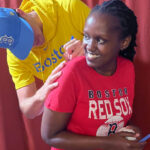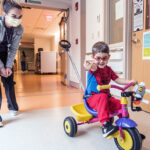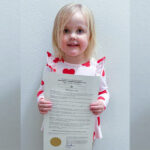Twenty years after a groundbreaking biventricular repair, Faith gives back by helping children with CHD
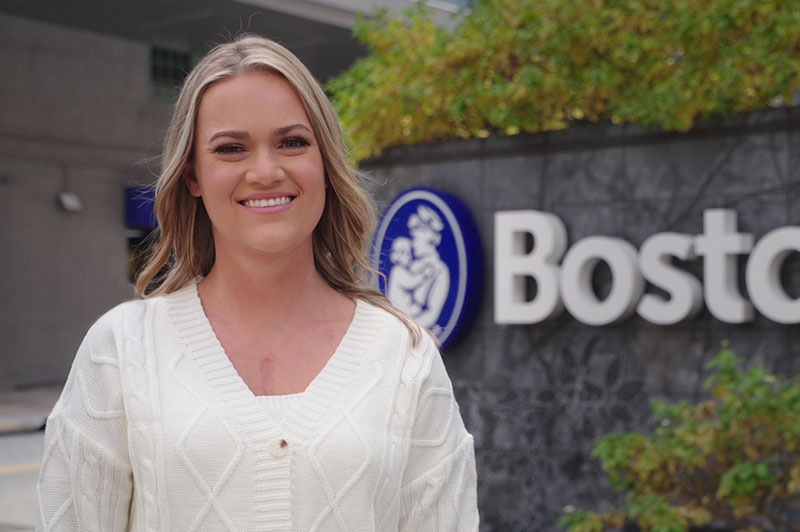
Faith Brackett doesn’t remember every detail of the time she was among the first children to have a new life-saving heart surgery. She was 7, after all, when she had a biventricular repair — a procedure that creates two functioning ventricles in a heart relying on just one.
But she does remember how the surgery finally gave her strength to participate in second-grade gym class and start riding a bike. She hasn’t stopped moving. Twenty years since that groundbreaking procedure, Faith has become an advocate for congenital heart defect (CHD) care. She’s an inspiration to children who need heart surgery and look to her for answers and reassurance.
“It’s cool to be able to share my experience and give a little bit of hope that this worked and it’s going to be okay,” she says.
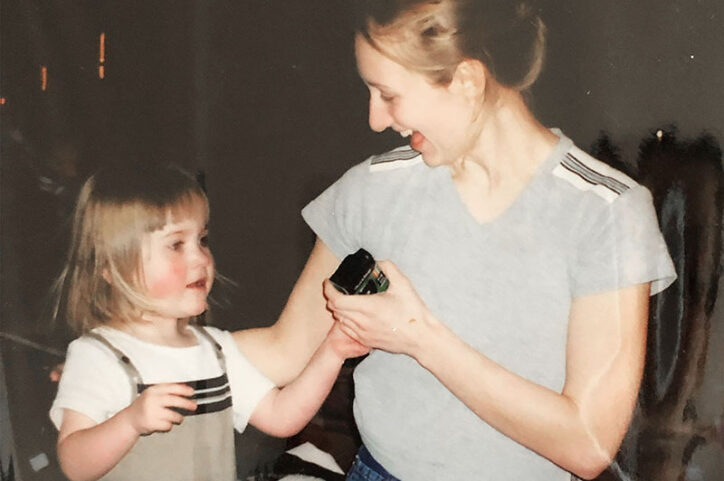
Several heart surgeries and little improvement
From birth, Faith had several complex conditions involving her heart’s ventricles, the two chambers that pump blood. The right ventricle was much larger than the left ventricle, which was too underdeveloped to pump blood throughout her body. Faith had breathing difficulties and other serious symptoms.
In her home state of Maine, Faith underwent several operations, but then the right ventricle’s tricuspid valve started to leak severely. That meant she could no longer be a candidate for Fontan surgery, the last stage in a series of procedures that could have created a blood circulation most closely resembling that of a normal heart but with the right ventricle as the single pumping chamber. She also wasn’t a heart transplant candidate.
“Her doctor said they weren’t sure how long she’d have, but that we should take her home and enjoy the time we had with her,” her mom, Jenny, recalls. It was a difficult message to process, especially as Faith struggled to breathe and depended on congestive heart failure medication. But after a pause, their cardiologist offered Jenny hope. “He said, ‘I know some people, and they’re the best in the world at this.’”
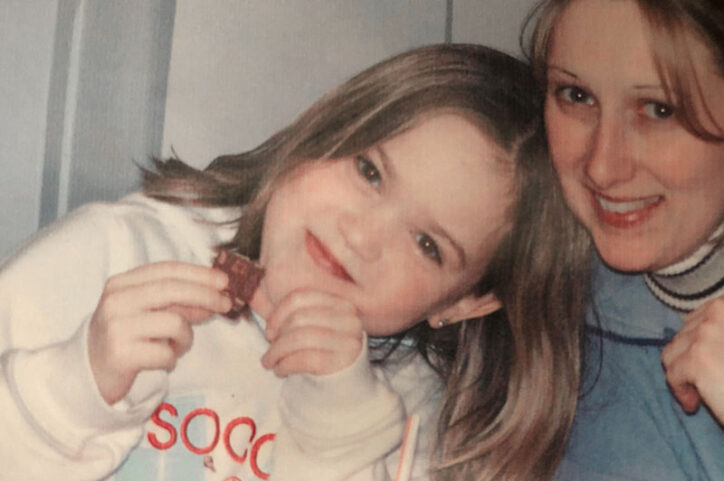
A new surgery brings good health and pink toes
Those people were Boston Children’s cardiac surgeon Dr. Pedro del Nido and cardiologist Dr. Gerald Marx. They reviewed Faith’s medical records and said they could offer more than hope. They were encouraged by the condition of Faith’s left ventricle, opening the door to her having a rare procedure: complex biventricular repair. Boston Children’s was among the few pediatric hospitals in the world to offer the somewhat new and complicated surgery when Faith had it in Oct. 2003. Today, the hospital is considered a pioneer for developing new and safer ways to perform biventricular repair.
Dr. del Nido and his surgical team were unable to repair her tricuspid valve, but they reconstructed the pathways to her heart and gave her two functioning ventricles. “Although Faith has required valve replacements, she is doing extraordinarily well, with a vigorous and engaging life,” Dr. Marx says.
Jenny remembers something else from that time. “Her toes were pink. We take pinkish flesh for granted when people are healthy. But looking at her pink toes, that meant her heart was perfusing her body with blood the way it was supposed to. It meant her surgery worked. Those pink toes were just notable.”
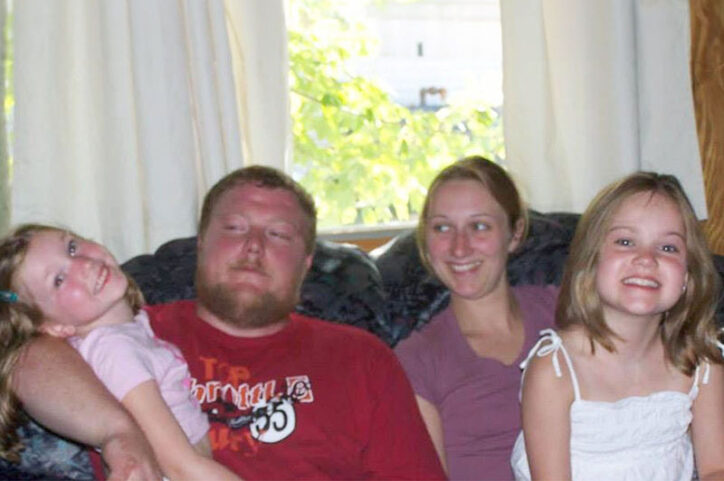
Helping others enjoy childhood as she did
Twenty years later, Faith is in awe of Drs. del Nido and Marx. Visiting Boston Children’s a few years ago for a checkup, she saw Dr. del Nido in line at a hospital eatery and was “starstruck.” She got close to him, yelled “Hi,” and bashfully walked away. “He probably didn’t recognize me,” she says, “but I’m just filled with gratitude.”
Faith has been paying back that gratitude, becoming an advocate for CHD care not just because of her experiences but also because her 38-year-old father, Thale, died from heart disease. She was only 17, about to undergo two final heart surgeries (she had eight in all), when she no longer had the “protector” who had helped her get through all the “scary moments.”
She now wants to be there for children facing the same fears. Three years ago, she founded CHD Tablet Talk, a non-profit that provides resources, education, support, electronic tablets, connection, and mentorship to individuals impacted by complex CHD. She’s also a spokesperson and board member of several heart advocacy organizations. And she, her mom, and sister, Abby, wrote a children’s book about a 5-year-old girl who has hypoplastic left heart syndrome and learns to navigate hospital visits with her pet elephant, Ellie.
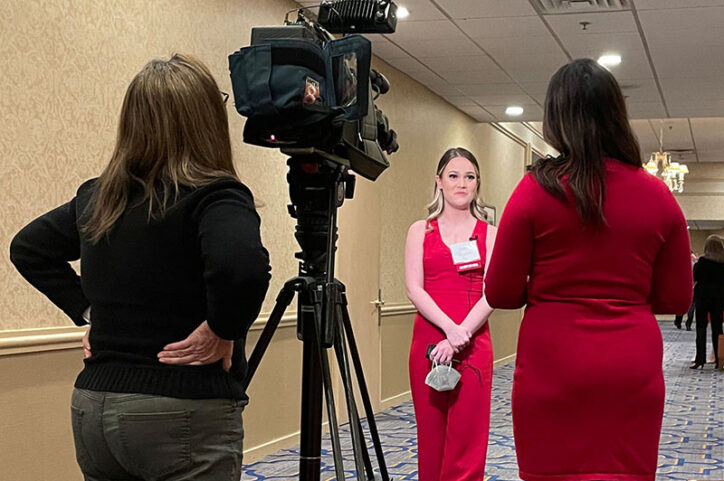
Through emails and in-person conversations, Faith assures children with CHD “they’re not alone.” She then tells them her story and how biventricular repair helped her “ride a bike, be an older sister, and just live life. I was able to just be a kid.”
Learn more about the Complex Biventricular Repair Program or request a second opinion.
Related Posts :
-

A lifetime of treatment inspires Ruth to advocate care for others
Ruth Ngwaro offers guidance to children who have heart disease. Perhaps her most useful bit of advice is telling them ...
-

A 'super' new heart surgery for a super kid
When you’re the first person in the world to undergo a new type of heart surgery, you don’t ...
-

Treatment for a complex congenital heart defect gives Alyvia 'endless energy'
She may be just 3 years old, but Alyvia Parker is already making a difference for other kids with congenital ...
-

From Pakistan to Boston: Faiz finally found help for his complex heart condition
Don’t let his shy smile fool you. In his hometown of Lahore, Pakistan, 6-year-old Muhammad Butt is known by ...


